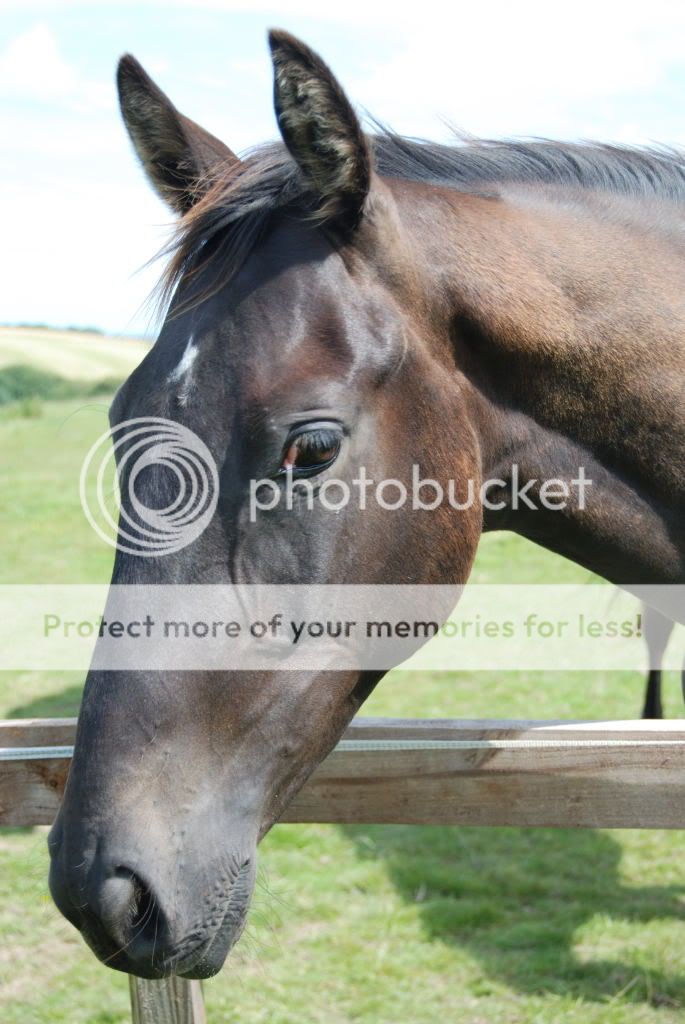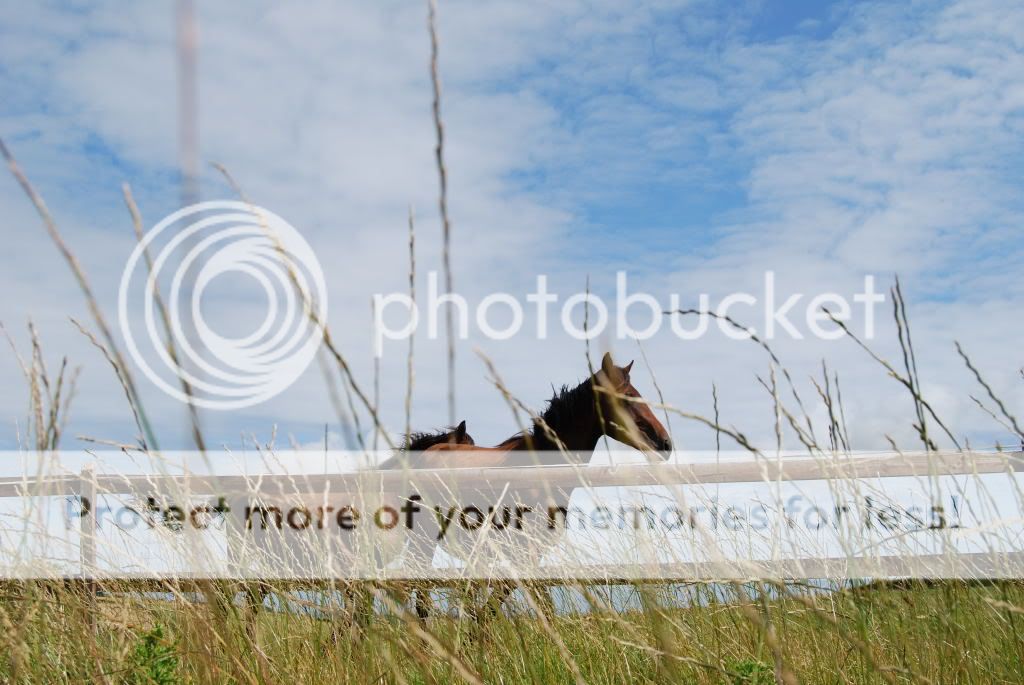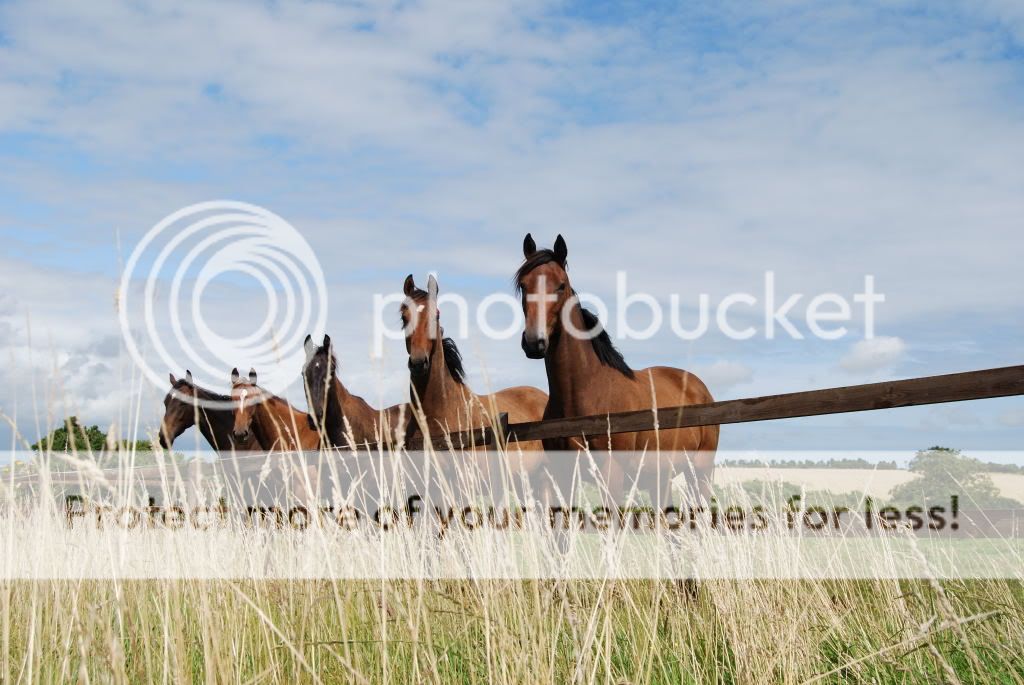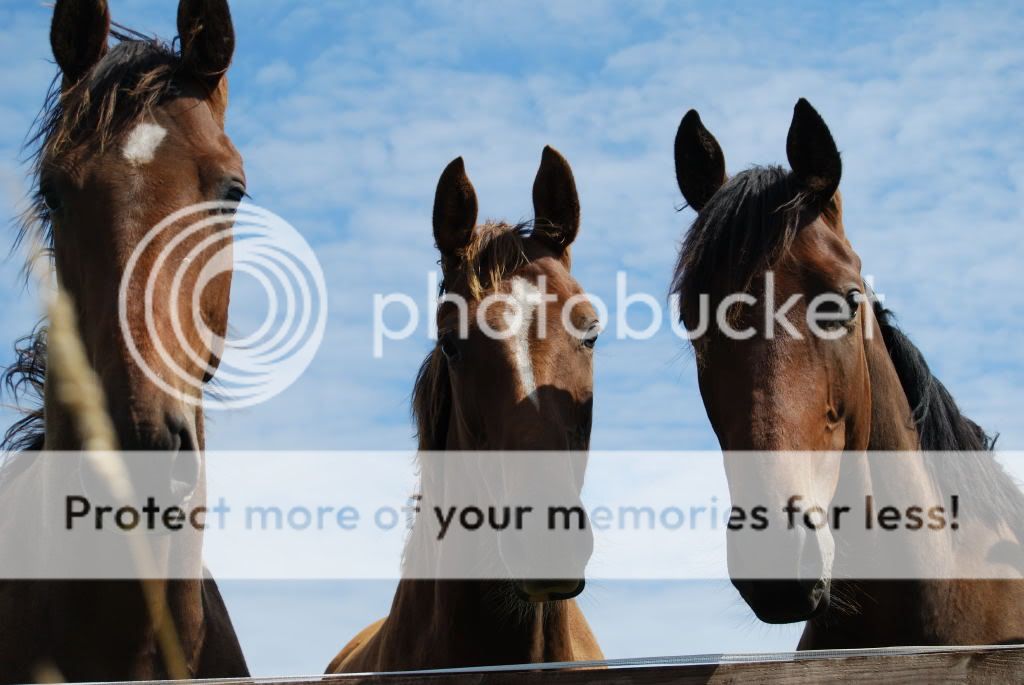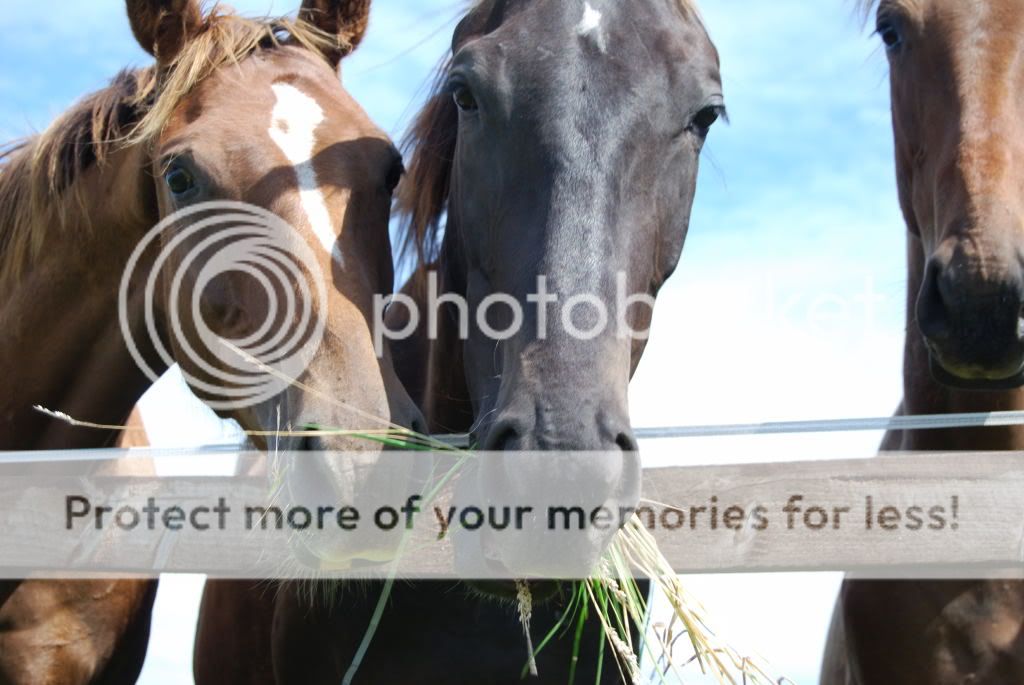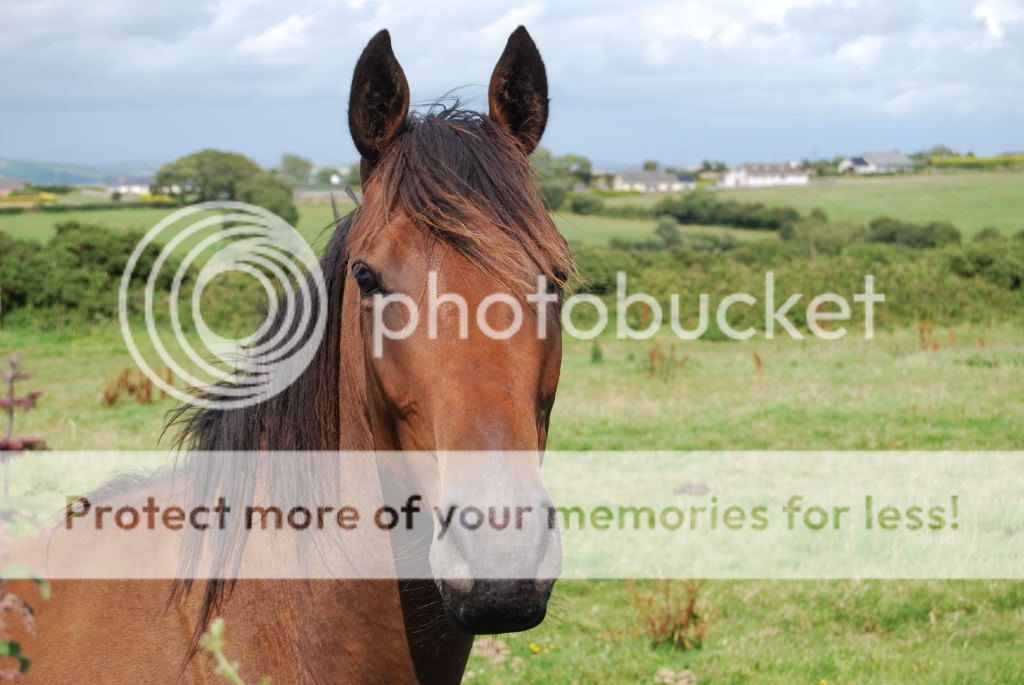Homepage › Forums › Photo Critique › Nature and Wildlife › My Lovely Horse
- This topic is empty.
My Lovely Horse
-
Jonny288
ParticipantCookster
ParticipantJonny288
ParticipantMartinOC
ParticipantHi Jonny,
Beautiful horses, you are lucky to have such a subject.
I have a few comments, and they are a bit critical, but I hope you will take them in the spirit of being helpful (although as a learner myself I don’t know how helpful!).The biggest thing for me is the ear crops of 4 & 5, it is really important I think to get the whole head in.
As Cookster says the grass is distracting in 2 & 3. When I’m taking a shot like this, I have thought a “peering through the grass effect” might be good, but it never seems to work in the image.
#2 & 3 would be beautiful shots without the grass, I think.Exposure is often a problem when taking pictures of dark animals and often auto exposure won’t do it. In shot #1, as the head of the horse nearly fills the frame, the camera decided it needed to lighten the photo so over-exposed, the grass and sky are washed out. You should override the cameras auto-exposure when your subject is very dark or bright (like snow).
#5 is the shot which is best is many ways but it is very conventional, doesn’t grab me.Shots 2, 3 and 4 minus the grass (in all) and the cropping of the horses in 4 would be very good, in my opinion.
I hope that helps,
Martin
Jonny288
ParticipantMartinOC wrote:
Hi Jonny,
Beautiful horses, you are lucky to have such a subject.
I have a few comments, and they are a bit critical, but I hope you will take them in the spirit of being helpful (although as a learner myself I don’t know how helpful!).The biggest thing for me is the ear crops of 4 & 5, it is really important I think to get the whole head in.
As Cookster says the grass is distracting in 2 & 3. When I’m taking a shot like this, I have thought a “peering through the grass effect” might be good, but it never seems to work in the image.
#2 & 3 would be beautiful shots without the grass,Exposure is often a problem when taking pictures of dark animals and often auto exposure won’t do it. In shot #1, as the head of the horse nearly fills the frame, the camera decided it needed to lighten the photo so over-exposed, the grass and sky are washed out. You should override the cameras auto-exposure when your subject is very dark or bright (like snow).
#5 is the shot which is best is many ways but it is very conventional, doesn’t grab me.Shots 2, 3 and 4 minus the grass (in all) and the cropping of the horses in 4 would be very good, in my opinion.
I hope that helps,
Martin
javascript:void(0);
Thanks Martin for your reply, the ear cropping was something I didn’t even think of so thank you for that, and now when I look at them it seems so obvious. Peering through the grass did seem like a good thing at the time but as you said didn’t really work out. But as they say live and learn.
Finally just a quick question, when you say over ride the over exposure, should i be using the snow function on the camera?
Thanks again for some very insightful comments
JonnyMartinOC
ParticipantWell if you are shooting a snow scene then the snow function will probably work just fine.
But it won’t solve the problem of a shooting a dark object/animal.To understand why the camera’s auto exposure might not be up to the job you have to think about the camera’s light meter is doing.
It does not understand whether it is looking at night, day, a stack of turf or pile of snow.
It just take the brightness of scene (and perhaps weighting the center part more) and tries to get an “average exposure”.
This “average exposure” works most of the time. But for extra bright or dark scenes it may not work.What you need to look at is the Exposure Compensation function (EV) in your camera (the snow function uses this).
I could explain it all but I’m not good at explaining and there are tons of pages on the web that explain it better than I could.If you google “exposure compensation” you will get lots of good info on it.
For example try thisYou can also, with your camera, take a range of exposures so you can pick the best, this is called auto-bracketing.
But for now best to learn how to expose a little extra (eg EV+1 for snow) or a little less (eg EV-1 for a dark animal, if it is large in the frame) and see how it works.
Snow usually gets underexposed because it is bright (so you take a little more exposure, EV + 1).
And a dark object can get overexposed (so you can make the camera lessen its auto value), by setting EV -1
It doesn’t have to be 1, could be 1/2 or 2 etc.
You have to find the EV function on your camera…Maybe someone else on the forum will have a better explanation???
Good luck,
Martin
Jonny288
ParticipantThanks Martin,
I suppose all I can do now is practise :D
Thanks again
JonnyBroadford1
ParticipantJonny288
ParticipantBroadford1 wrote:
Congraultations – a lovely set of shots
Thanks glad you liked them :D
You must be logged in to reply to this topic.


